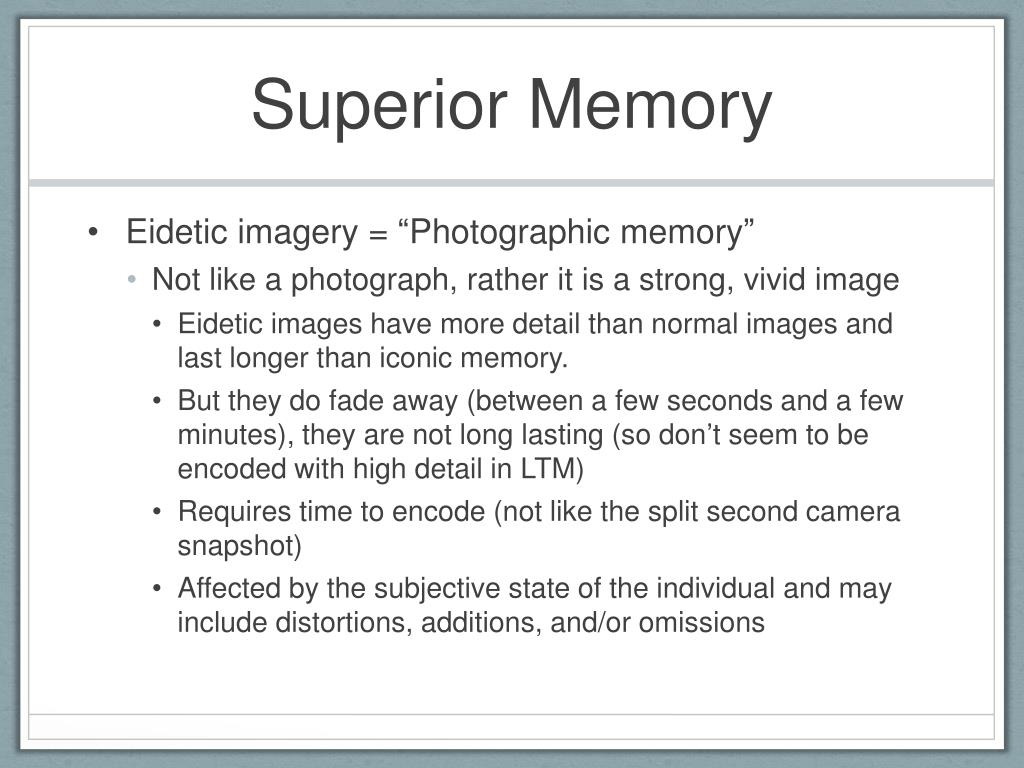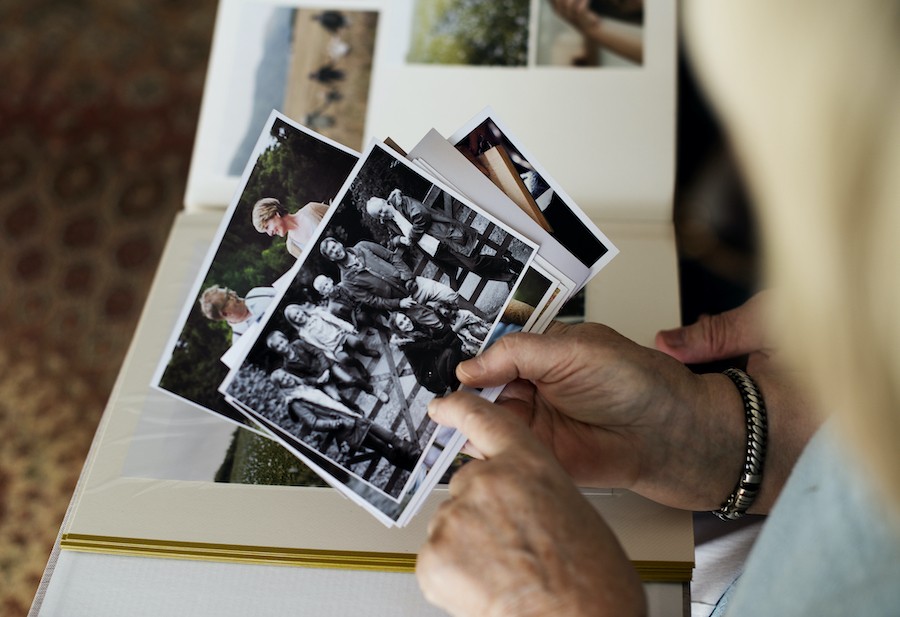

Until recently, such memories were thought to be permanent, always strong in quality. This means in highly emotional situations, people tend to remember events so vividly that the memories take on photographic quality. This type of recall seems to be connected to the phenomenon of flashbulb memory. Luria also documents a woman named “Elizabeth,” who could mentally project images composed of thousands of tiny dots onto a black canvas.īoth also had the ability to reproduce poetry in languages they could not understand years after seeing it written. He could memorize anything from the books on Luria’s office shelves to complex math formulas. There have been a few well-documented cases of such remarkable photographic recall, such as “S.” This person was subject of Alexander Luria’s book, The Mind of a Mnemonist. To recollect a past event, we piece together various remembered elements and typically forget parts of what happened (examples: the color of the wall, the picture in the background, the exact words that were said)…We are good at remembering the gist of what happened and less good at remembering (photographically) all the elements of a past scene.” However, none of the participants could do this successfully.įor Professor Squire, “Memory is more like pieces of a jigsaw puzzle than a photograph.

If memory works like a photograph, then these people should be able to accomplish the task with ease. After, they had to report the text in reverse order. In Professor Squire’s lab, he has asked people who think they have photographic memories to read two or three lines of text. However, according to the University of Chicago, San Diego Professor Larry Squire (who specializes in Psychiatry, Neuroscience, and Psychology) the brain simply does not actually work this way. Someone with a photographic memory is supposed to be able to take mental snapshots and then later recall these snapshots without error. A camera can freeze a moment in time in the form of a photograph. It’s the ability to remember an unlimited amount of visual information in great detail.

In the world of neuroscience, Photographic memory is also known as eidetic imagery. B ut do our brains actually hold onto memories with inner photos or videos? Pop culture today portrays geniuses as those with photographic memories. A photographic memory is usually used to describe when someone has the remarkable ability to recall visual information in great detail.


 0 kommentar(er)
0 kommentar(er)
